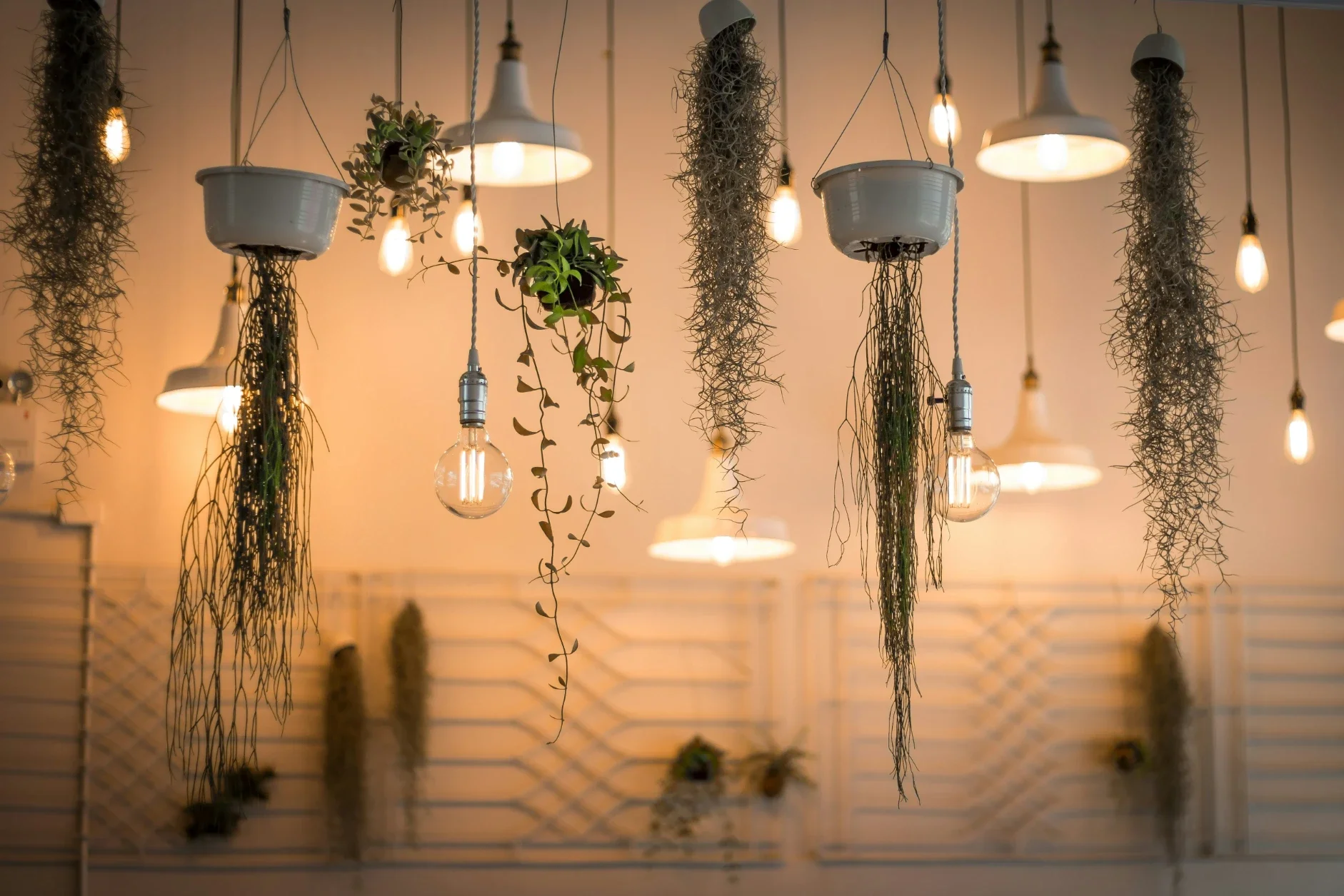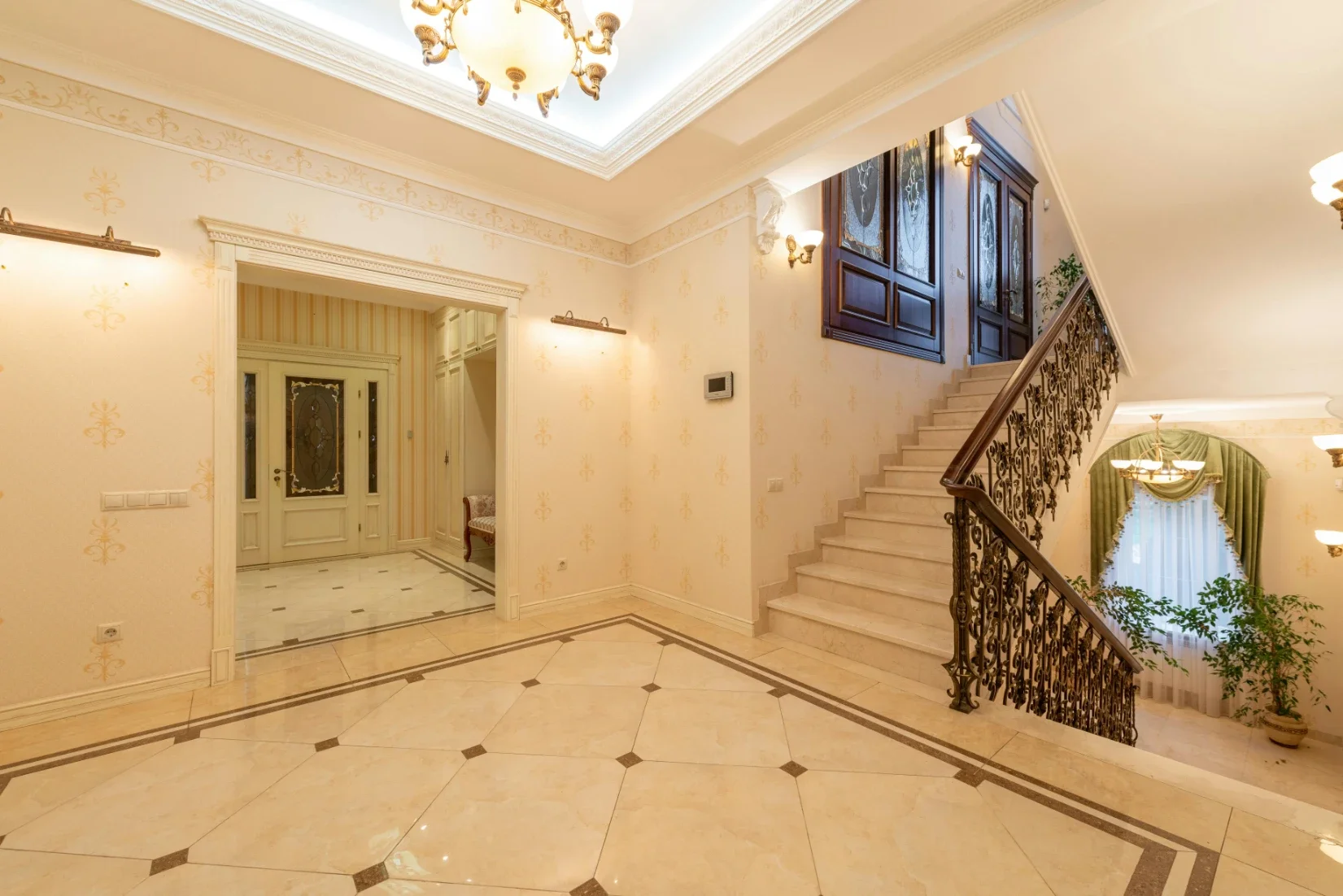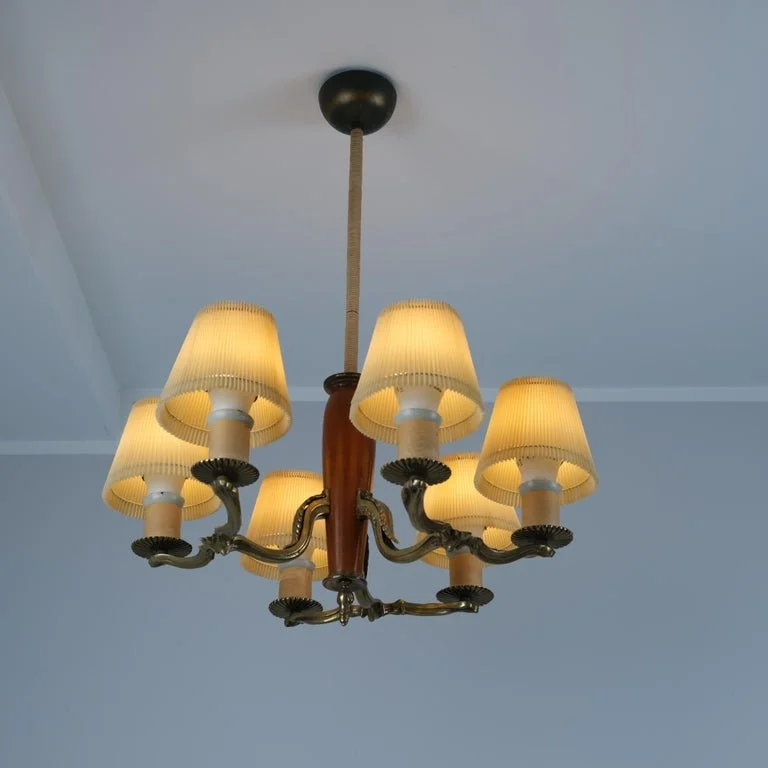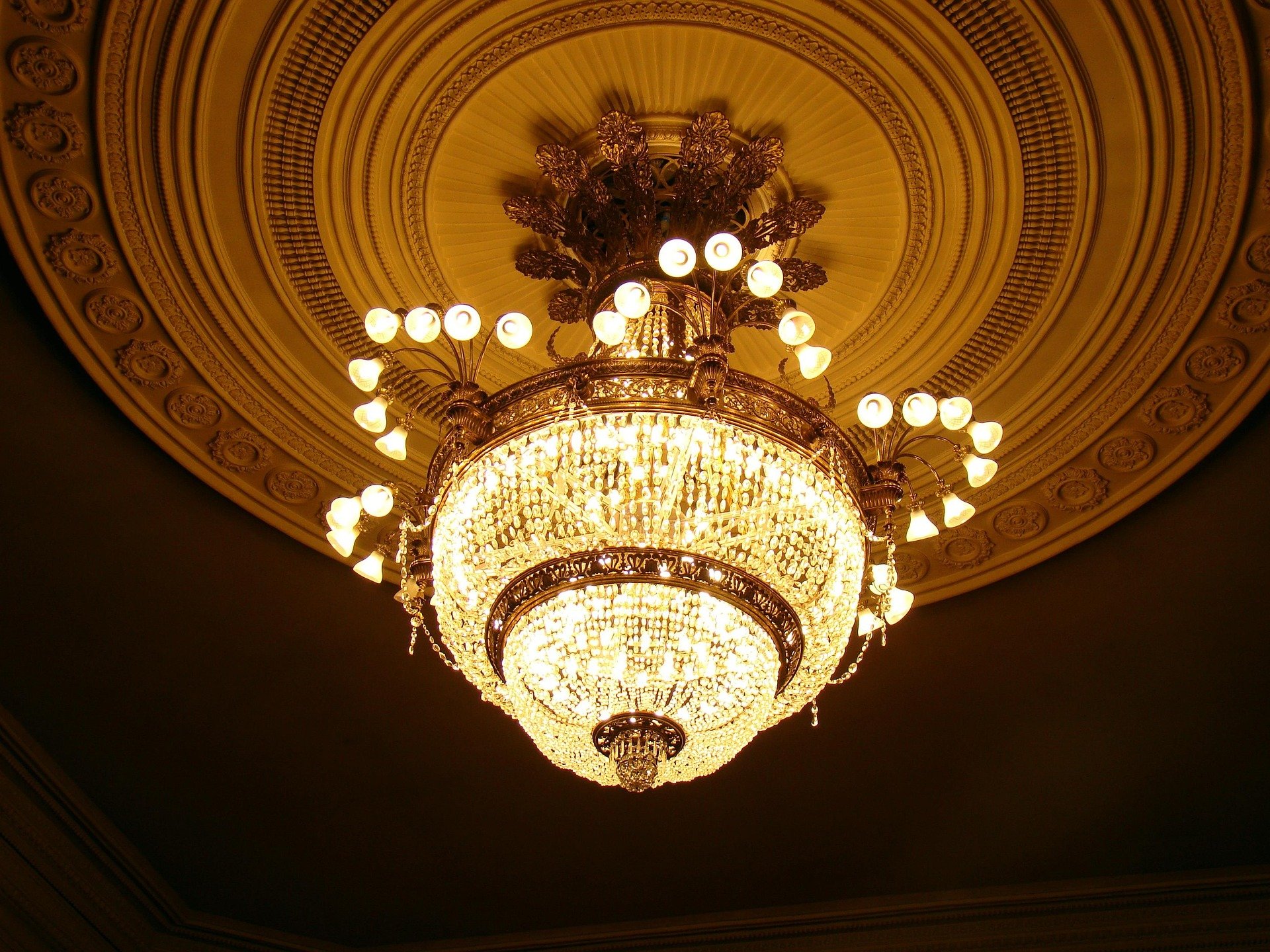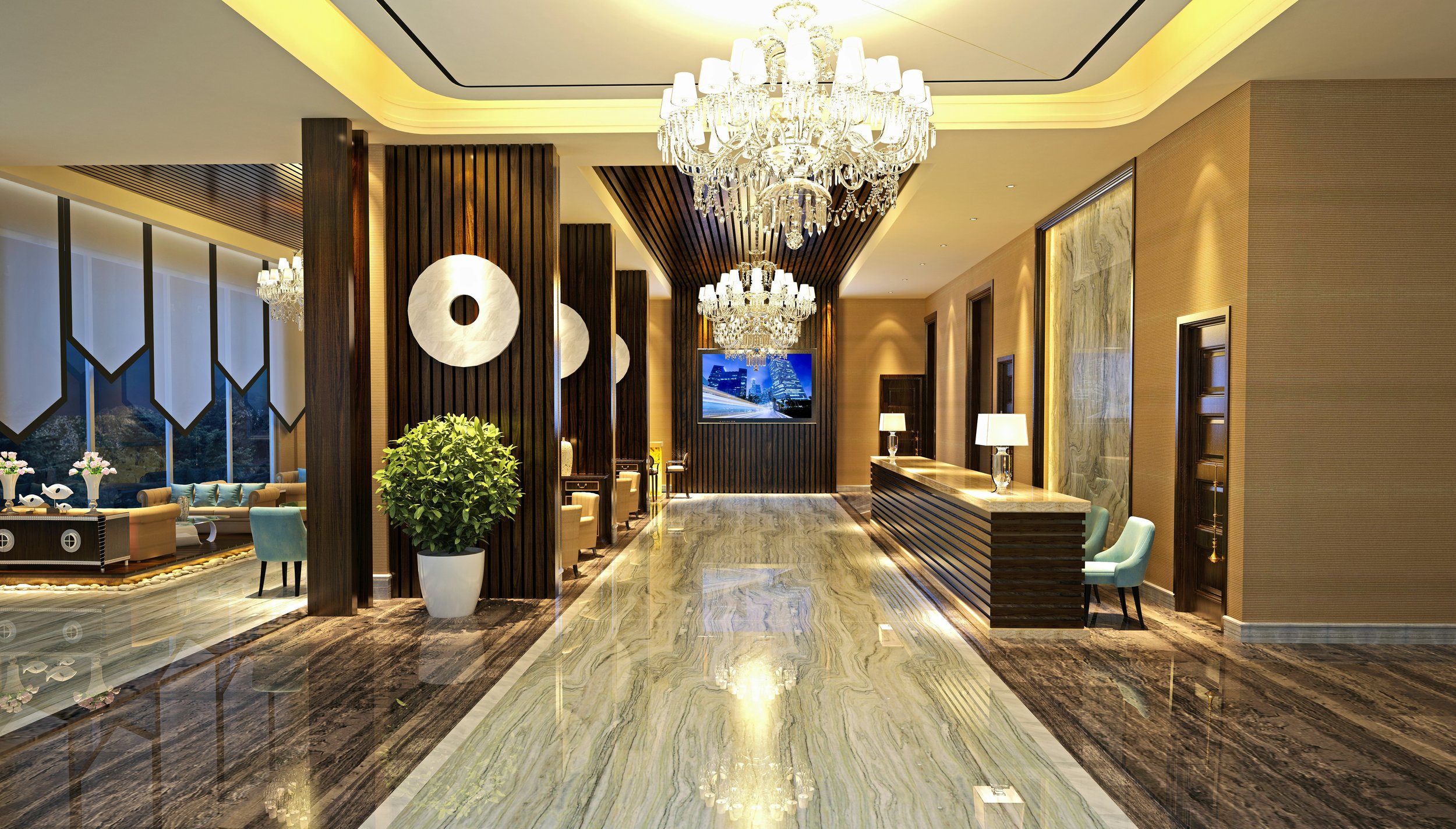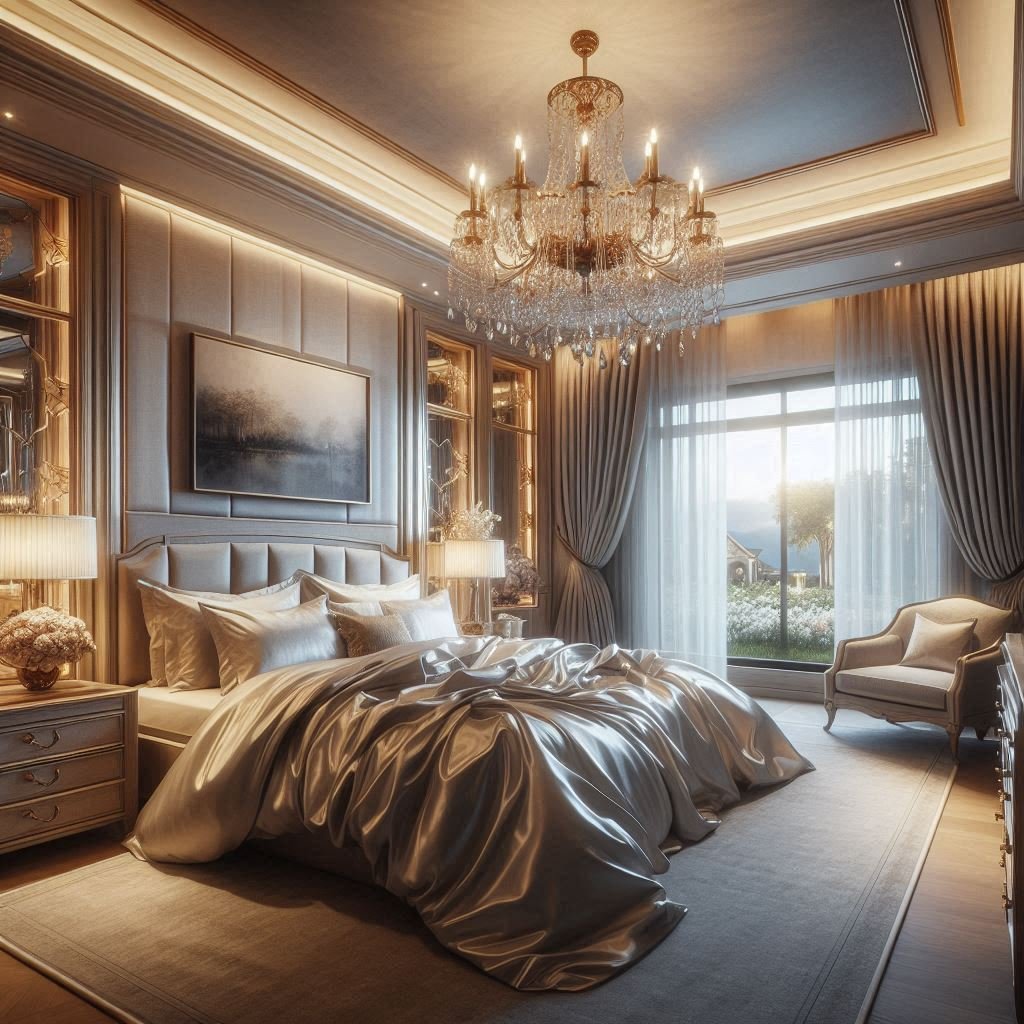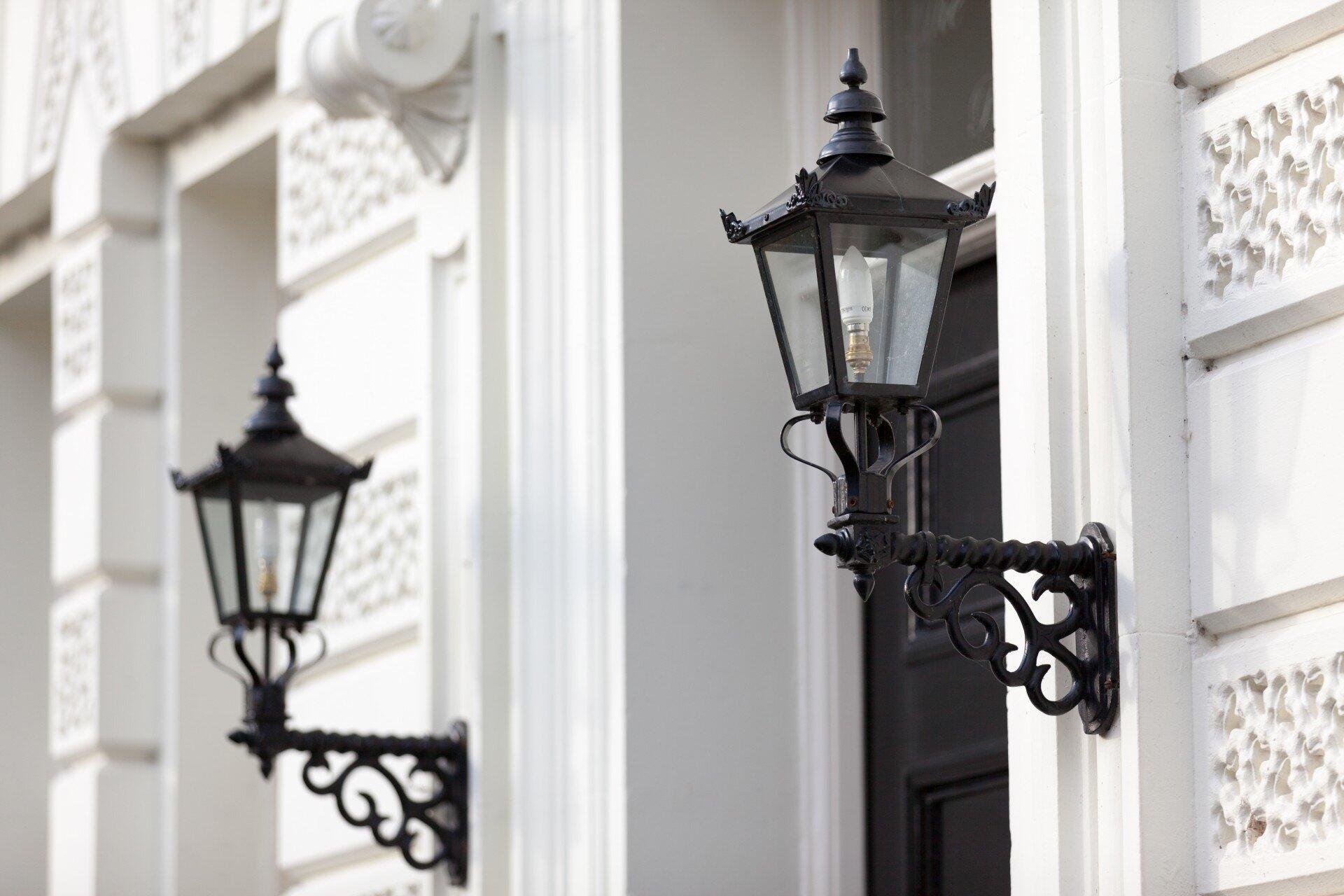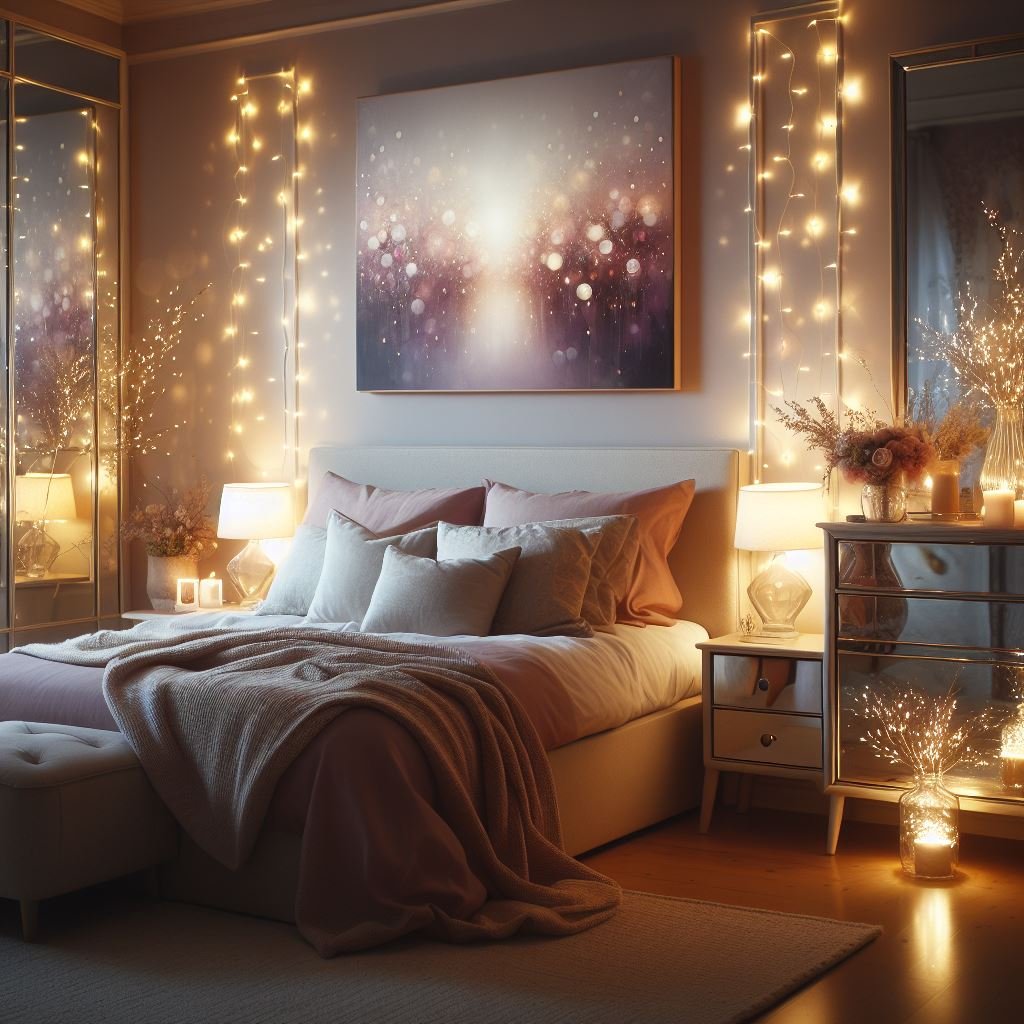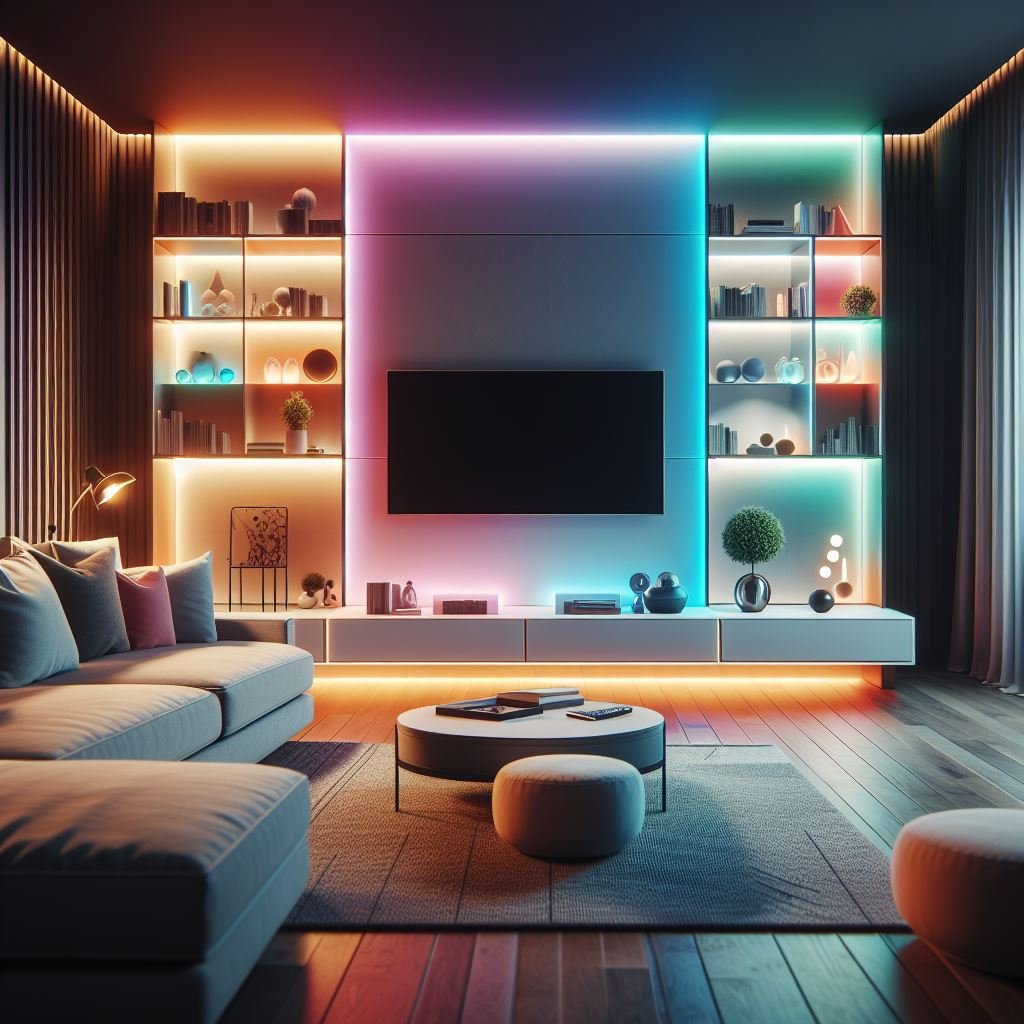Finding the Right Lighting Scheme for Your Needs: Everything You Need to Know
Discover how to choose the perfect lighting scheme for your space with tips on functionality, ambiance, and design to match your lifestyle.
Lighting plays a pivotal role in setting the mood and functionality of any space, be it your home, office, or outdoor area. A suitable lighting scheme does more than just illuminate the surroundings; it enhances aesthetics, creates atmosphere, and significantly impacts emotions and behavior. With numerous options available, understanding how to choose the right lighting solution tailored to your specific needs can make all the difference.
Understanding Different Types of Lighting
To find the perfect lighting scheme, it's important to grasp the different types of lighting available. Broadly, lighting can be categorized into three main types: ambient, task, and accent. Ambient lighting serves as the general illumination of a space, ensuring visibility and safety. Task lighting focuses on specific areas where activities take place, such as reading, cooking, or working. Accent lighting highlights particular features like artwork or architectural details.
Each type serves a unique purpose and contributes to the scheme by establishing balance and functionality. Proper placement and proportion of these lighting types play a vital role in achieving a harmonious environment. Combining ambient lighting with task lighting in a kitchen can create a well-lit and enjoyable cooking experience, while accent lighting can showcase a gallery wall beautifully.
Choosing the Right Fixture
Selecting suitable fixtures is crucial for achieving the desired lighting effect in a space. The choice of fixtures should complement the style of the room, ensuring cohesiveness. A sleek chandelier works well in modern settings, while a rustic pendant light suits traditional spaces. The team behind Zest Lighting says that matching fixture design with interior décor and architecture is imperative for a cohesive aesthetic. Another critical factor in choosing fixtures is their light source.
Different types of bulbs, such as LEDs, fluorescents, or incandescent lights, each offer varying color temperatures and energy consumption. Opting for LED bulbs, for example, is both energy-efficient and long-lasting, making them a smart choice for sustainable living. Evaluating light temperature is crucial; warm white light promotes relaxation, while cool white is energizing.
It’s advisable to think about the scale of the fixture and the space. A large, bold fixture can serve as a statement piece in a spacious living room, while smaller fixtures might be more appropriate for intimate settings like bedrooms or reading nooks.
Creating a Lighting Plan
Crafting a strategic lighting plan is an integral aspect of establishing an effective lighting scheme. The plan should account for all activities taking place in the space and dictate where light should be positioned at various times. It’s helpful to identify key functionality spaces requiring additional brightness for detailed tasks should be equipped with focused task lighting. Begin by assessing natural light patterns throughout the day.
Understanding when rooms receive the most sunlight will influence when to incorporate artificial light effectively. Use dimmers to give yourself the flexibility to adjust brightness according to the mood or time of day. A well-thought-out lighting plan can seamlessly marry the availability of natural light with artificial sources, fostering a versatile atmosphere in any setting.
Lamp Selection and Placement
Choosing the right lamps often enhances the lighting design significantly. Table lamps, floor lamps, and wall sconces are all excellent choices to think about. Their roles within the lighting hierarchy should not be underestimated. Task lighting from a table lamp can provide perfect localized light for reading, while a floor lamp can fill gaps in ambient lighting more slowly. Placement plays a key role in maximizing both function and aesthetic appeal.
Placing a table lamp on a side table beside a sofa improves usability and creates a welcoming ambiance. Similarly, wall sconces installed at eye level can create a striking visual element while providing ample task lighting for areas like hallways or staircases. Harnessing the flexibility of transportable lamps allows you to personalize spaces effectively. Adjust the direction or height if so desired, accommodating the distinct needs of different activities or moods.
Outdoor Lighting Considerations
Outdoor spaces merit careful consideration to ensure safety, security, and aesthetic charm. Pathway lights illuminate walkways, ensuring safe navigation during the evening hours. Deck and patio lighting accentuates outdoor living spaces, making them inviting for gatherings. The landscape should inform the type of outdoor lighting used
Adding up-lighting to trees or garden features draws attention to their beauty while establishing a charming ambiance. Solar-powered lights are fantastic for eco-conscious homeowners and can be easily installed since they don’t require electrical wiring. While planning outdoor illumination, it’s vital to include safety elements such as motion-sensor lights, which provide security while deterring unwanted visitors. A balanced outdoor lighting scheme adds beauty and enhances the appeal of the property.
Maintaining Your Lighting Scheme
To prolong the lifespan of your lighting fixtures and maintain an effective scheme, scheduled maintenance is beneficial. Dusting and cleaning light fixtures regularly can help prevent buildup that diminishes brightness. Replace burnt-out bulbs promptly to ensure a consistently well-lit environment. For outdoor lighting, check for debris, arrange wiring without damage, and clear away vegetation that may obstruct light.
Regular maintenance ensures sustainability and keeps the energy efficiency of your workplace or home at optimal levels, saving costs in the long run. Thoughtfully taking into account the lighting scheme can transform spaces dramatically.
Taking the time to create tailored schemes fosters an environment that suits daily activities and provides comfort, efficiency, and enjoyment. Each component leaves a mark on well-being and atmosphere, and by understanding the effective combination, you can curate a space that reflects both utility and style.
By recognizing the various types of lighting, choosing the right fixtures, creating functional plans, selecting appropriate lamps, considering outdoor options, and committing to maintenance, you can build a lighting environment that elevates your space profoundly.


